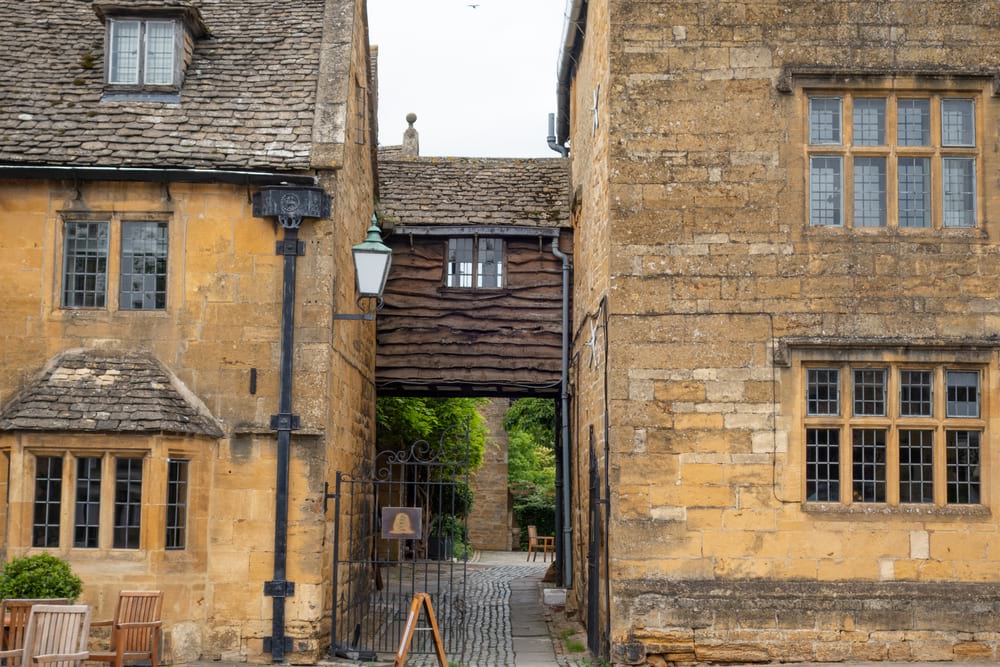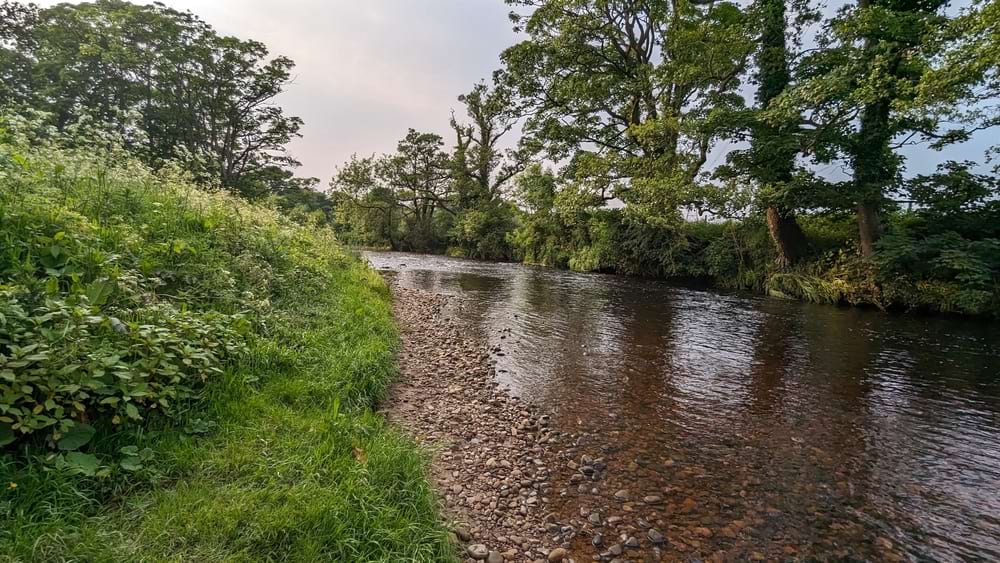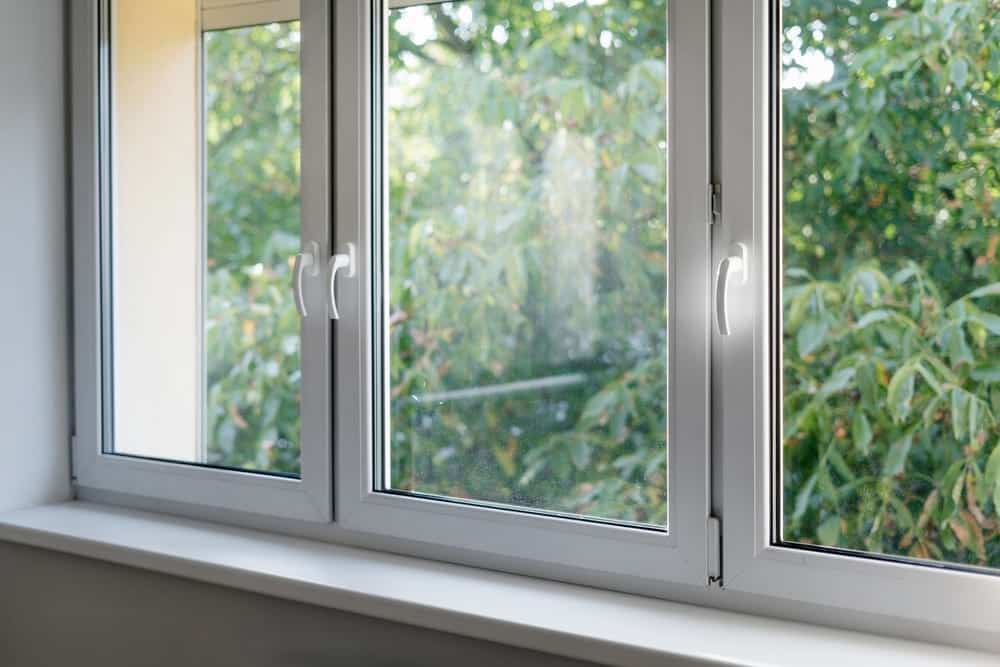Freehold is the most valuable type of property ownership in the United Kingdom.
Houses in this category sell for more than leaseholds (which usually applies to flats).
But there is more than one type of freehold.
One of these is a flying freehold.
Read on to learn what it is and how it works.
What is a flying freehold?
A flying freehold is a freehold property that physically hangs over or projects under another property.
For example, a balcony or a room above a shared passageway. Or a cellar or basement underneath a neighbour’s land.
Usually, the section of the property in question makes up just a small part of it. It’s rare for most or all of a property to overlap with another piece of land.
In day-to-day life, flying freeholds rarely cause many issues.
However, you may encounter challenges when trying to buy or sell.
How common are Flying Freehold properties?
There are currently no statistics on how many flying freeholds there are in the UK.
However, they are relatively rare.
They are more likely to occur with specific types of properties or scenarios, such as:
- Maisonettes
- In houses with balconies and/or basements
- In historic properties in areas with dense housing (i.e., town and city centres).
Is a flying freehold more or less valuable?
Flying freeholds are typically less valuable than a regular freehold property.
This is because of the legal complications that may scare away some buyers. It’s often treated on a case-by-case basis.
Sometimes, a flying freehold can be a double-edged sword.
For example, if you installed a balcony, this could be a positive. But if it then creates legal challenges, maybe not!
Things to consider with a flying freehold
1. Getting a mortgage
Not all lenders will approve a mortgage on a flying freehold.
But most will, as long as the situation isn’t too challenging. The criteria vary for each organisation.
2. Rights of access and covenants
You should also get clear documentation about rights of access and covenants.
Where does land end, and where is each homeowner allowed to access? This should always be enforced with a written agreement.
3. Insurance
In some cases, the owner of a flying freehold will take out flying freehold indemnity insurance.
If you cannot force your neighbour to contribute to your home’s support and/or protection, this covers you. This is unlikely to be an expensive policy.
4. Time involved
Conveyancing may also take longer with a flying freehold.
This is because your conveyancer has more checks to do. Buyers may feel uncomfortable if you try to rush things through.
Getting a mortgage on a flying freehold
Yes, it’s possible to get a mortgage on a flying freehold.
Some mortgage lenders may have stronger criteria for this than others. It’s often handled on a case-by-case basis.
Some lenders demand that no more than a certain percentage of the property space is ‘flying’.
Others could be less strict. You’ll also find lenders reluctant if outstanding legal challenges are ongoing for one of these elements.
Likewise, if you’ve got clear documentation about covenants, access rights and more, a lender will view you more favourably.
Should you buy a flying freehold?
There’s no set answer to this: you must judge it individually.
If only a small part of the property is a flying freehold, it deserves consideration.
For example, a balcony can be an asset, as could a shared walkway downstairs. Even if it creates a flying freehold, these are also beneficial features.
You should ask your seller to provide clear documents about the legal aspects of a flying freehold. Tell your conveyancer to do thorough searches in this area.
If no problem arises and you find a mortgage lender willing to offer the money, go ahead!




















